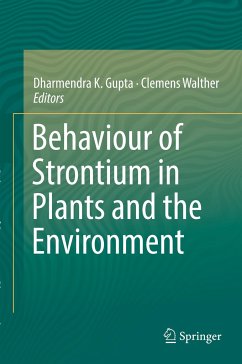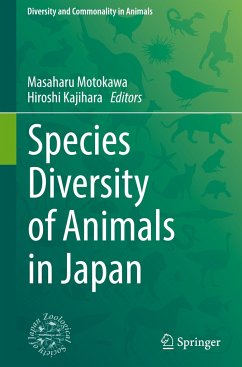
A Brief History of South American Metatherians
Evolutionary Contexts and Intercontinental Dispersals
Versandkostenfrei!
Versandfertig in 6-10 Tagen
76,99 €
inkl. MwSt.
Weitere Ausgaben:

PAYBACK Punkte
38 °P sammeln!
This book summarizes major aspects of the evolution of South American metatherians, including their epistemologic, phylogenetic, biogeographic, faunal, tectonic, paleoclimatic, and metabolic contexts. A brief overview of the evolution of each major South American lineage ("Ameridelphia", Sparassodonta, Didelphimorphia, Paucituberculata, Microbiotheria, and Polydolopimorphia) is provided. It is argued that due to physiological constraints, metatherian evolution closely followed the conditions imposed by global temperatures. In general terms, during the Paleocene and the early Eocene multiple ra...
This book summarizes major aspects of the evolution of South American metatherians, including their epistemologic, phylogenetic, biogeographic, faunal, tectonic, paleoclimatic, and metabolic contexts. A brief overview of the evolution of each major South American lineage ("Ameridelphia", Sparassodonta, Didelphimorphia, Paucituberculata, Microbiotheria, and Polydolopimorphia) is provided. It is argued that due to physiological constraints, metatherian evolution closely followed the conditions imposed by global temperatures. In general terms, during the Paleocene and the early Eocene multiple radiations of metatherian lineages occurred, with many adaptive types exploiting insectivorous, frugivorous, and omnivorous adaptive zones. In turn, a mixture of generalized and specialized types, the latter mainly exploiting carnivorous and granivorous-folivorous adaptive zones, characterized the second half of the Cenozoic. In both periods, climate was the critical driver of their radiation andturnovers.












